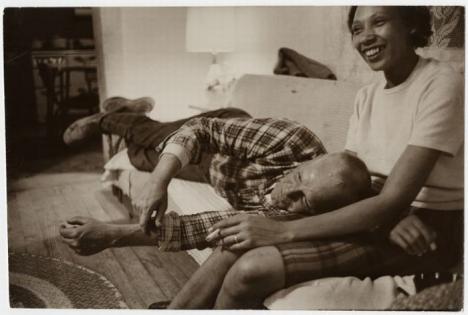Inclusion of mixed-race people on the U.S. census also reflects historical outlooks. In 1850, the census introduced the category “Mulatto,” adding “Quadroon” and “Octoroon” to the 1890 census before finally taking these labels away for good after 1920. As the political scientist Melissa Nobles has shown, census officials first inserted these categories at the request of scientists who wished to study the consequences of racial mixing. The question was motivated by debates about slavery and its ills, but even in the aftermath of slavery, miscegenation was a hot-button issue because states were considering what rights to extend to former slaves and their offspring, and segregation from the white population was an increasingly appealing option for many lawmakers. As a result, many scientists sought to count mulattoes and measure their life outcomes (e.g. longevity, fertility, mental illness, education and occupation) in order to bolster arguments about the dangers of racial mixture.
Such concerns eventually led to the widespread legal institutionalization of the “one-drop rule,” which determined that anyone with any “drop of black blood” should simply be considered black—that is, impure because tainted by black blood—in order to better identify who was completely, purely white. With this move to a simple binary categorization of “black” and “white,” categories like “mulatto” and “quadroon” were no longer deemed useful, and were removed from the census early in the 20th century. However, since then the principle of recognizing racial mixture has been re-introduced on the U.S. census. In 2000, Americans were permitted for the first time to check off more than one race box on the census. This decision can be seen as a lagged response to the 1967 Supreme Court Loving v. State of Virginia decision to invalidate all the state anti-miscegenation laws that were still in existence.
IMAGE: Mildred and Richard Loving, the two plaintiffs in Loving v. Virginia, photographed by Grey Villet, 1965 via ICP


